Major League Birding
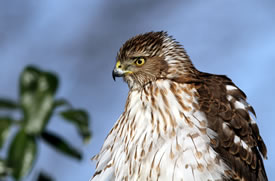
Cooper's hawk (Photo by Bill Hubick)
To say I am not a professional birder is probably an understatement. If the Saskatchewan conservation staff at the Nature Conservancy of Canada (NCC) are in the big leagues of birding, I am just lucky to be watching on the couch. In the MLB (no,...
So many species, so many ways to study them
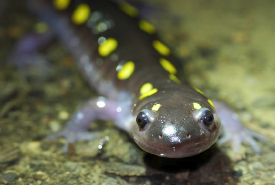
Spotted salamander (Photo by Rosemary Mosco)
I have the best job in the world. I encourage people to get excited about nature. I’m a science communicator — someone who bridges the gap between scientists, the media and the public, helping us understand each other better. One way...
How protecting water and land on Covey Hill helps Quebec’s salamanders
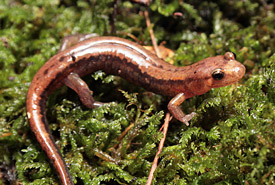
Allegheny mountain dusky salamander (Photo by Frédérick Lelièvre, Quebec Government)
Deep in the rolling knolls of the Nature Conservancy of Canada’s (NCC’s) Covey Hill in Quebec are underground water sources, bursting through the land’s surface. These streams and rivers provide habitat for many animals,...
Ten of nature's weirdest courtship rituals

Greater prairie chicken (Photo by Ron Knight/Wikimedia Commons)
Much like humans, other animals have evolved ways of wooing or courting potential mates, whether it’s singing a love song, doing a sensual dance or giving a thoughtful gift. With love in the air this Valentine’s Day, here are 10...
How species survive the winter: Skin breathing and antifreeze
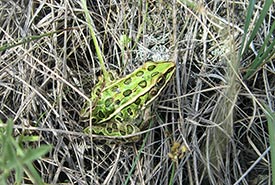
Northern leopard frog (Photo by NCC)
Previous blog posts have discussed how small songbirds and big brown bats survive the winter. Those blogs briefly covered some strategies used by birds and mammals. But what about amphibians? How do frogs survive the many months of sub-zero...
Listening to the answers hidden in frog calls
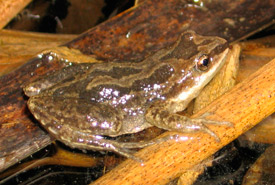
Western chorus frog (Photo by Ryan Bolton)
Taking the time and effort to listen is essential to fully experiencing the outdoors. As a biologist, I am always keeping an eye and ear out for anything out of the ordinary, such as a rare frog, plant or bird species I’ve been hoping to...
Top 10 blog posts of 2016
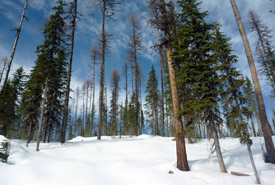
Snow forest on Darkwoods, BC (Photo by NCC)
This past year, Land Lines published content that celebrated the wonders of the world around us. From adventures on high mountain tops to exploring coastal habitats in Atlantic Canada, stories have come in from Nature Conservancy of Canada (NCC)...
A walk in the woods: The forest through the lens of a photographer
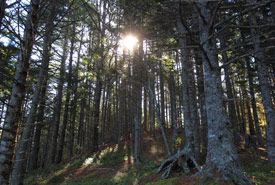
Forest along Long Tusket River, NS (Photo by Mike Dembeck)
For me the forest is always a welcoming place. As a child, I always knew what to expect when wandering off: always predictable, friendly and ever welcoming. A forest was a place to immerse myself in and experience nature. Photographing it was...
The mystery of the moving cow pie

This lovely little mushroom was growing in an old cow pie (Photo by Diana Bizecki Robson)
Usually cow pies are extremely uninteresting features of a prairie landscape (and one to usually avoid) but this month something funny was happening with them at the Nature Conservancy of Canada's Yellow Quill Prairie that made me look twice. For...
Hittin' the marsh
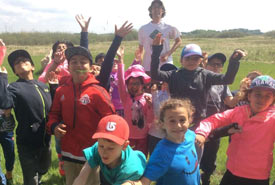
My one educational breakthrough was to teach them to emulate my hayseed ways by chewing on a piece of grass before touring the property (Photo by NCC)
It wasn’t even really that hot. I think that’s the thing that got me. Warm? I guess…for early June. Sunny? Mostly, but there were clouds and a bit of a breeze, so even saying it was warm is pretty generous. And forget about a...

